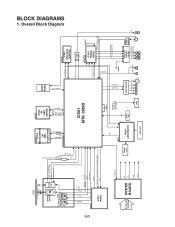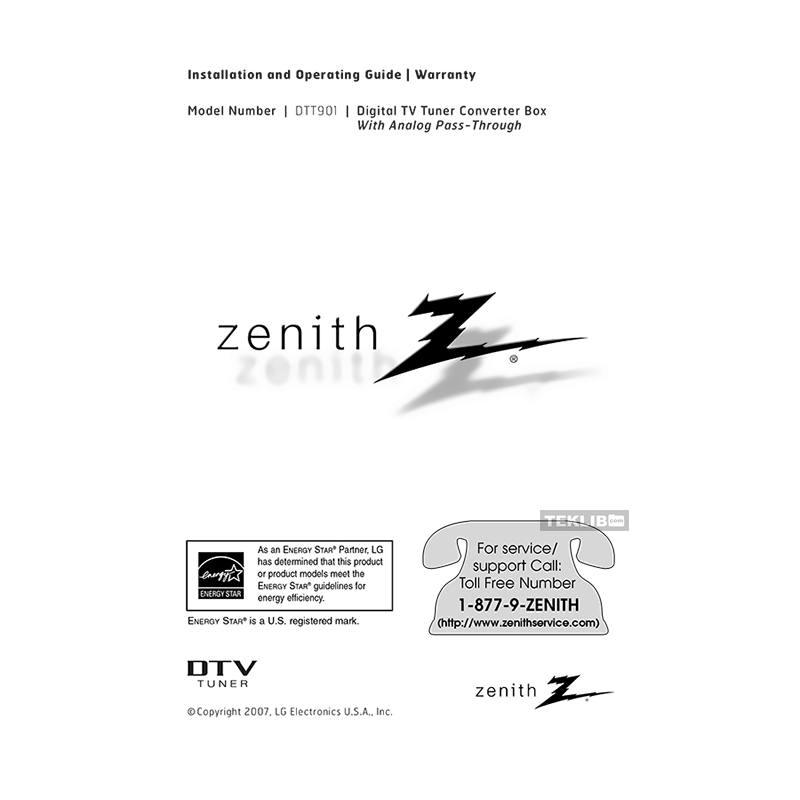



For example, the commonly used “rabbit ears” indoor antenna is only suitable for receiving VHF signals. Many antennas are designed only for reception of either VHF or UHF signals (but not both).You need an antenna that provides good reception of both VHF signals (channels 2-13) and UHF signals (channels14 and above) to reliably receive all of the digital signals broadcast in your area.Use an Antenna that Provides Good Reception of All Channels If you are having difficulty receiving digital broadcast stations, this troubleshooting guide provides a connections checklist and tips for reception of digital signals. Follow the instructions that come with your Converter Box for how to tune analog channels.įor instructions on how to connect your converter box if it does not include an analog pass-through feature or for instructions on connecting your converter box to other components such as a VCR, go to or contact the FCC by calling 1-888-CALL-FCC (1-88) voice or 1-888-TELL-FCC (1-88) TTY.All full-power television stations broadcast only as digital TV, or DTV, following the transition from analog to digital broadcasting in 2010. If your Converter Box includes an "analog pass-through" feature, this set up will also allow you to receive any stations that still broadcast in analog in your area. Using the remote that comes with your Converter Box, follow the on-screen set-up guide to scan for available DTV channels, and begin enjoying the benefits of Digital Television! Using the instructions that come with your Converter Box, tune your TV to channel 3 or 4. Step Plug the power cords on your Converter Box and TV into a power outlet, and turn on your TV and Converter Box. Plug the other end into the “Antenna In (RF)” port on your TV. Step Using the coaxial wire that comes with your Converter Box, plug one end into the “Out To TV (RF)” port on the Converter Box.

Step Plug the existing coaxial wire into the “Antenna In (RF)” port on your Converter Box. Step Unplug the existing coaxial antenna wire from your TV “Antenna In (RF)” port. Before you begin the installation of the converter box, you should unplug your TV. Your new converter box will come with a coaxial wire and a remote control. Supplies: You will need your analog TV, the antenna you have been using (indoor or outdoor), and the coaxial wire that currently connects your antenna to your TV (as pictured on the right). This guide will help you prepare so that when you purchase a converter box you will know what to expect and whether you may need help setting it up. This guide describes the installation of a digital-to-analog converter box with your current antenna and analog TV.


 0 kommentar(er)
0 kommentar(er)
